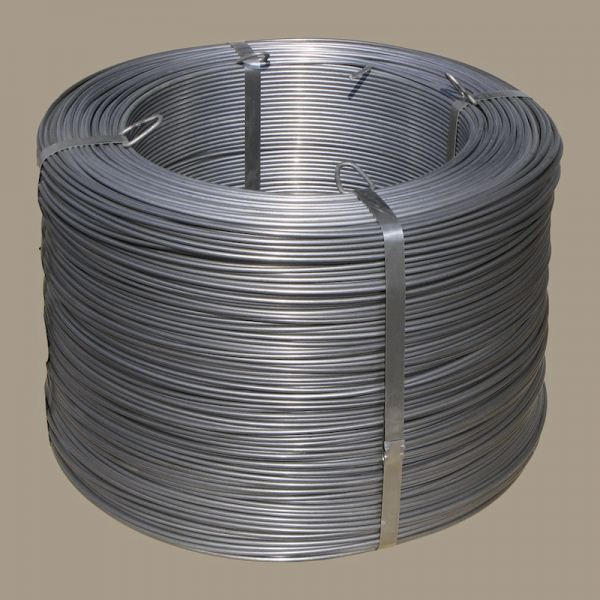Oct . 06, 2024 18:28 Back to list
perforated metal sheet factories
The Rise of Perforated Metal Sheet Factories A Testament to Innovation and Versatility
In the realm of modern construction and design, perforated metal sheets have emerged as an essential material, offering a blend of functionality and aesthetic appeal. These sheets, characterized by a series of holes punched into the metal, are produced in specialized factories that have experienced a significant rise in demand over the past few years. This article explores the dynamic world of perforated metal sheet factories, examining their processes, applications, and the impact they have on various industries.
Understanding Perforated Metal Sheets
Perforated metal sheets are made from various metals, including aluminum, steel, and stainless steel. The holes can be of different sizes, shapes, and patterns, allowing for a high degree of customization. The punching process, which creates these holes, can be done using several methods, including mechanical or laser cutting. The end product is not only lightweight but also strong and versatile, making it suitable for numerous applications.
The Manufacturing Process
The production of perforated metal sheets begins with selecting the appropriate metal material. Factories typically use coils or sheets of metal that are fed into a punching machine. This machine uses a die to punch holes into the metal sheet, creating the desired pattern. Advanced factories often utilize computer-controlled laser machines for more intricate designs. After punching, the sheets may undergo various finishing processes, including sanding, polishing, coating, or galvanizing, to enhance durability and corrosion resistance.
Quality control is pivotal in every perforated metal sheet factory. Each batch of product undergoes rigorous testing to ensure that it meets industry standards and client specifications. Factors such as hole size precision, sheet thickness, and overall finish are meticulously evaluated before the final product is shipped to customers.
Applications Across Industries
Perforated metal sheets boast a wide range of applications across different sectors. In construction, they are utilized for facades, sunshades, and decorative elements, enabling architects to create visually striking buildings while allowing for airflow and natural light. In the automotive industry, these sheets are often used in vehicle grilles, exhaust systems, and interiors, balancing weight reduction with structural integrity.
perforated metal sheet factories

In the realm of interior design, perforated metal panels have gained popularity in ceilings, room dividers, and furniture. Their ability to combine functionality with artistic expression provides designers with unparalleled flexibility. Additionally, the industrial sector employs perforated metal sheets for filtration systems, soundproofing, and safety screens, demonstrating their practicality in high-demand environments.
Environmental Considerations and Sustainability
As with many industries today, there is a growing emphasis on sustainability within perforated metal sheet factories. Many manufacturers are adopting eco-friendly practices, such as recycling scrap metal and minimizing waste during production. Furthermore, perforated metal sheets can contribute to energy efficiency in buildings by enhancing natural light and ventilation, reducing the need for artificial lighting and air conditioning.
Future Prospects
The future of perforated metal sheet factories appears bright, driven by an increasing demand for innovative design solutions and sustainable materials. The construction boom in emerging markets and the ongoing trend toward environmentally conscious design will likely see more industries turning to perforated metal sheets as a viable option.
Moreover, advancements in manufacturing technology, such as improved automation and AI-driven design capabilities, will increase efficiency and open new avenues for customization. As factories continue to innovate, the potential applications for perforated metal sheets will expand, further solidifying their place in various industries.
Conclusion
Perforated metal sheet factories play a crucial role in supplying versatile materials that cater to diverse industrial needs. Their ability to combine form and function, along with a commitment to sustainability, positions them as key players in the construction, automotive, design, and industrial sectors. As we look to the future, these factories will undoubtedly continue to thrive, driving innovation and contributing to a more sustainable and aesthetically pleasing world.
-
High-Quality Steel Grating Solutions for Industrial Applications | Durable, Safety, Customization
NewsJul.13,2025
-
Advanced Solutions-CompanyX|Enterprise Efficiency&Cost Reduction
NewsJul.13,2025
-
Sustainable Manufacturing-EcoTech Innovations|Waste-to-Energy System&Zero Emissions
NewsJul.13,2025
-
Welded Wire Mesh- Buildings Wiremesh Co., Ltd.|Durable Construction Material&Industrial Strength Solution
NewsJul.13,2025
-
Smart Production Solutions-Example Corp|AI Automation&IoT Monitoring
NewsJul.13,2025
-
Advanced Industrial Solutions-Advanced Industrial Solutions|Manufacturing Efficiency&Productivity
NewsJul.13,2025

